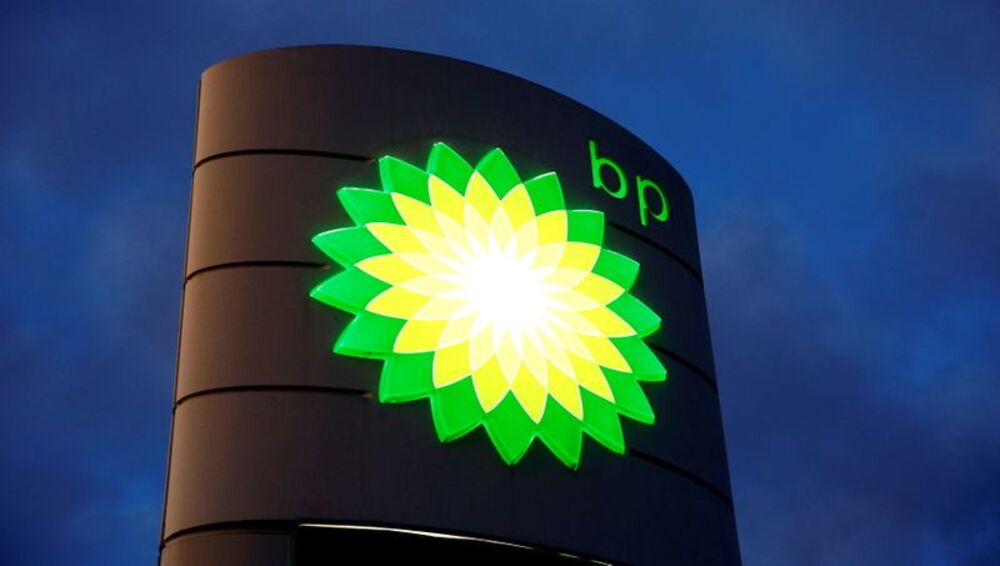British multinational oil and gas company BP has been making headlines for its renewable energy initiatives in recent years, but its strategy in renewables is now shifting. CEO Bernard Looney made a radical blueprint in 2020 to move the company away from fossil fuels.
But in light of the war in Ukraine, the company has had to slow down its planned cuts in oil and gas output and scale back on renewable spending. However, the company is not giving up on renewables, but rather changing the terms of its relationship with them.
The company plans to move away from selling the clean electricity it produces and instead keep most of it to supply its growing electric vehicle charging network and production of low-carbon fuels. BP aims to retain 80% of the power produced to supply the global EV network and to make “green” fuels such as hydrogen.
Why BP is changing its renewables strategy
The renewables revamp reflects BP’s acknowledgment that it won’t be able to sufficiently compete with traditional power generators if it simply sells the energy produced by its wind and solar projects. The company needs to integrate renewable energy with its other businesses to have a competitive edge. Managers’ attention is now focused on the company’s flagship US offshore wind joint venture with Equinor of Norway due to the company’s new trajectory. BP executives have held several meetings with Equinor in London in recent weeks to discuss ways to give the oil major greater clout in the venture.
The shift in BP’s renewables strategy is also due to deteriorating profits in renewables power generation. BP’s new strategy also reflects its aim to secure access to cheap green electrons. Owning renewable energy assets is not the main objective of BP’s strategy, but it is a natural outcome
The market reaction
BP’s paring of green ambitions has been cheered by the market, with BP shares leaping about 17% since the February 7th strategy update, much more than any other rival Western major. By contrast, BP had significantly underperformed rivals since Looney outlined his industry-leading transition plans three years ago, remaining largely flat until the announcement compared with a 20% gain for Shell and 84% rise for Exxon.
What’s next for BP’s renewables strategy?
BP’s shift towards renewable energy is a long-term strategy that will continue to evolve and adapt to the changing energy landscape. In the near term, the company plans to focus on expanding its portfolio of renewable energy assets, including wind, solar, and bioenergy.
One area of focus for BP is offshore wind. The company is exploring opportunities to develop offshore wind projects in key markets, including the United States, where the Biden administration has set a goal of deploying 30 gigawatts of offshore wind by 2030. BP is also partnering with Equinor, a Norwegian energy company, to develop offshore wind projects in the United States and Europe.
In the solar energy sector, BP plans to expand its solar portfolio by tenfold to reach 50GW by 2030, through a mix of building its own solar projects and acquiring existing assets. The company is also exploring opportunities in emerging markets such as India and China, where solar energy has the potential to play a significant role in meeting the growing demand for electricity.
Bioenergy is another area of focus for BP, with the company investing in advanced biofuels and biopower projects. BP is also exploring opportunities in carbon capture, utilization, and storage (CCUS) technologies, which have the potential to significantly reduce carbon emissions from industrial processes and power generation.
Integration of existing fossil fuel with growing renewable energy business
In addition to expanding its renewable energy portfolio, BP is also working to integrate its existing fossil fuel operations with its growing renewable energy business. The company has set a goal of reducing the carbon intensity of its operations by 50% by 2050 or sooner and is investing in technologies such as carbon capture, utilization, and storage to help achieve this goal.
BP is also exploring new business models to enable the company to operate in a lower-carbon future. For example, the company is exploring the use of renewable energy to power its own operations, as well as the development of new products and services to meet the changing needs of customers in a low-carbon economy.
BP’s renewables strategy is focused on building a sustainable and profitable business for the future, while also playing a role in the global transition to a low-carbon economy. While the transition to renewable energy will not happen overnight, BP’s significant investments in the sector demonstrate the company’s commitment to a sustainable future and its belief in the potential of renewable energy to play a significant role in meeting the world’s growing energy needs.

